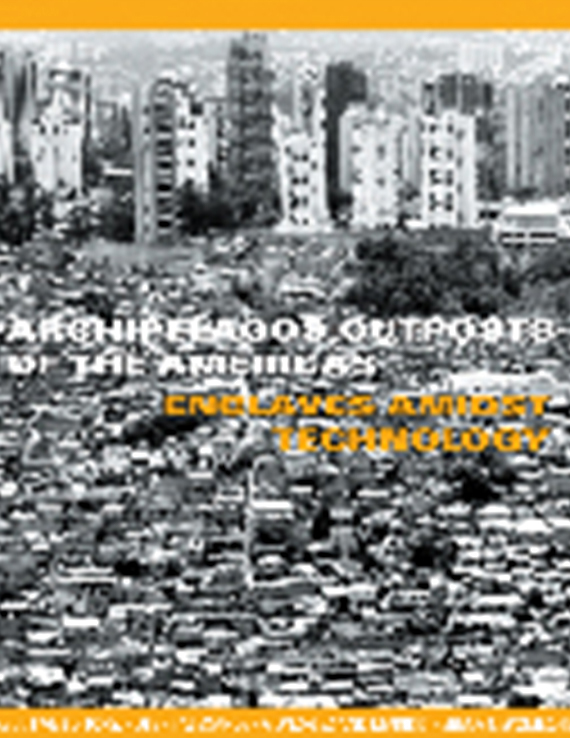Author(s): June Komisar
In the last half of the eighteenth century, Ouro Preto, Minas Gerais, Brazil (then known as Vila Rica) was a center of architectural production unlike any other in the Americas. The buildings were created by colonial architects, builders, and artisans from Portugal, other parts of Europe, and Africa. Because they were working in an extremely remote interior hilltown, there has been speculation that the ingenuity of this creative outburst was partly due to the remoteness of their site. The nature of this remoteness — and the extent to which this outpost was actually remote — is explored here. This investigation discusses the nature of the creative work in Vila Rica, asking a number of questions about the extent of communication between outposts of creativity in Minas Gerais and the motherlands from which the artists and artisans came. Schools of architecture and engineering, the importation of books, prints, and treatises, and the migration of many highly skilled people produced a society that was not as remote and isolated as it would seem to be at first glance. While exploring the nature of isolation and communication between this colonial settlement and the cultures from which the inhabitants came, this exploration adds to the discourse that has been re-introducing colonial Brazilian architectural developments to the so–called mainstream of Western architectural history of North America and Europe.
Volume Editors
Marilys R. Nepomechie & Robert Gonzalez
ISBN
0-935502-54-8

 Study Architecture
Study Architecture  ProPEL
ProPEL 
